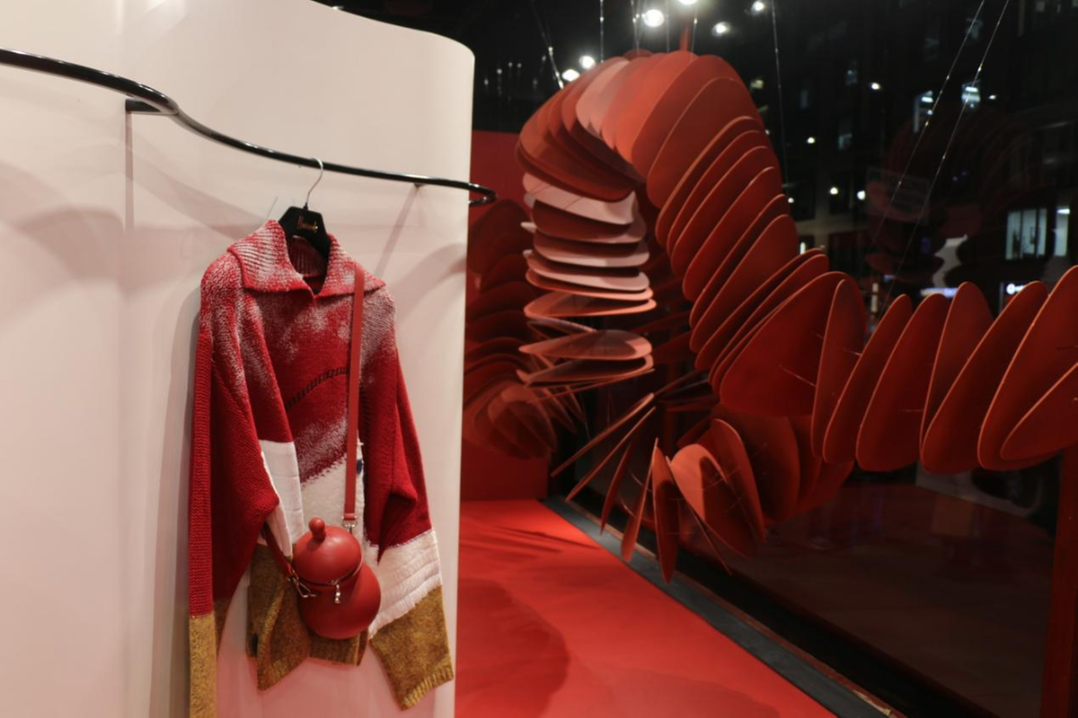Scientists create novel artificial muscles
China Daily | Updated: 2024-11-12 09:28
The 3D-printing of muscle fibers featured in HBO's sci-fi drama Westworld is truly awe-inspiring. Interestingly, a recent breakthrough by Chinese scientists may usher in an era of this futuristic technology sooner than imagined.
Scientists from the Institute of Chemistry under the Chinese Academy of Sciences and Ocean University of China have developed a novel type of artificial muscle that is based on carbon, a fundamental component of all known living organisms on our planet.
The carbon materials, celebrated for their light weight, superior strength, outstanding electrical conductivity and pliability, have shown great potential in the realm of artificial muscles.
While cyborgs demonstrate significant market potential, artificial muscles truly stand out. They're capable of not only emulating natural muscles but also offering unique advantages such as self-repair, exceptional elasticity and swift response times that outperform conventional mechanical "joints."
Amidst an aging population, artificial muscle technology has become increasingly valuable across assistive devices, wearables and diverse medical applications.
The research team was inspired by a butterfly's proboscis — the long, tube-like mouth of the insect. The biomimetic materials they've fabricated employ a cutting-edge, hydrogen-substituted graphdiyne film featuring an asymmetric surface structure.
This muscle possesses reversible, swift and continuously adjustable deformation capabilities, akin to a butterfly's mouth. The motion is triggered by the conversion of carbon bonds, according to the study published recently in the journal National Science Review.
The scientists have successfully incorporated the artificial muscle into a robotic arm, granting it the ability to swiftly change its position and lift loads weighing up to 11 times heavier than itself. It retains stability and adaptability even at temperatures as low as — 25 C, according to the study.
Additionally, the dimensions of the film are customizable, spanning from about 1 centimeter down to 100 microns. The downsizing of artificial muscles is a significant trend, particularly in the development of micromedical devices and microrobots.
The artificial muscle has now been integrated into a real-time tracking system that monitors human finger bending movements. This application has enabled real-time simulation and large-hand-to-small-hand control.
The invention shows considerable potential for enhancing smart robotics and advancing precision medicine, the researchers said.
Xinhua
























